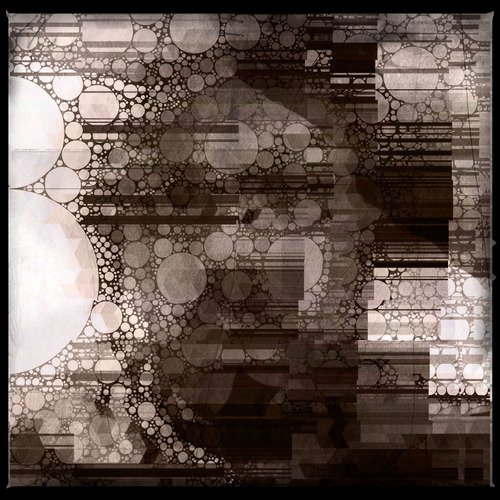A few days ago I posted about Emperor Sukō and the chaos of the Northern and Southern Courts. At the end of the post I mentioned a little trivia that after WWII, a guy came around who claimed to be the true emperor and that the Shōwa Emperor, Hirohito, was a pretender, being a descendent from the Northern Court and not the Southern Court, which is the true line. Today I thought we'd explore this guy and his claim a little.


In the chaotic aftermath of World War II, a Japanese man stepped forward with a bold and deeply symbolic claim: that the Shōwa Emperor, Hirohito, was not the rightful ruler of Japan. Instead, he argued, the real emperor was himself.
His name was Kumazawa Hiromichi (熊沢寛道), and in 1946 he declared himself the legitimate heir to the Chrysanthemum Throne. His reasoning? He claimed to be a direct descendant of the Southern Court, the imperial line officially recognized in 1911 as the legitimate emperors during the Nanboku-chō (Northern and Southern Courts) period of the 14th century.
It was a gutsy, quixotic move — part protest, part political theater, and part historical reckoning. While there have been similar claims and attempted power grabs in the past, as I've detailed on this blog, this one was fairly unique.
The Meiji Ruling and Its Echo
To understand Kumazawa’s claim, we have to go back to 1911. That year, Emperor Meiji issued an imperial decree that recognized the Southern Court (founded by Emperor Go-Daigo and his descendants in Yoshino) as the legitimate imperial line. This meant that the Northern Court emperors installed in Kyoto by the Ashikaga shogunate — including Emperor Sukō, mentioned in my previous post — were, officially, not real emperors.
Keep in mind that the Meiji state had elevated the emperor from a largely symbolic figure into the central, divine figure of worship that it would remain until after WWII. Recognizing the Southern Court, whose emperors had actively resisted military usurpers (the shoguns) and refused to relinquish imperial sovereignty, fit this mythology perfectly and went along with their goal of remaking the Emperor into a god.
Fast-forward to the days following WWII. Kumazawa pointed out that Hirohito was a direct descendant of those illegitimate Northern Court emperors. By contrast, Kumazawa claimed descent from the legitimate Southern line, and therefore asserted that he, not Hirohito, was Japan’s true emperor.
A Puppet No More?
Kumazawa wasn’t just spouting off. He formally petitioned the Japanese government and the American Occupation authorities to remove Hirohito from the throne and install him instead. He signed his petitions as “Emperor Kumazawa”, even attempted to establish a court of his own, and gained just enough publicity to land on the radar of fringe monarchist and anti-imperial groups.
His efforts, however, were met with silence. The imperial household, now stripped of its divine status and clinging to what little symbolic power remained under the postwar constitution, had no interest in opening old wounds. And the Americans — busy rewriting Japan’s political system — had little time for dynastic debates rooted in 14th-century succession crises. Both sides had little reason to pay him any attention and were content with sweeping the entire ordeal under the rug.
Historically, rallying points like his have often sparked civil wars, but he wasn't charismatic enough to gain any real support with the public and therefore the powers that be could easily ensure he was ignored.
Was He Right?
Technically? He kind of had a point. Hirohito’s lineage does trace back to the Northern Court. But — and this is the key point — after the 1392 reunification, the lines were merged. All modern emperors, including Hirohito and the current emperor, Naruhito, are descended from both courts. The Meiji decree was more about political myth-making than legal precedence.
Still, Kumazawa’s actions are fascinating. They remind us how fragile symbols of legitimacy can be — how even something as ancient as the Japanese imperial line can be called into question with the right mix of historical nuance and postwar disruption.
Would-be Emperor Kumazawa never succeeded, but his story lives on as a footnote to the story of Hirohito’s troubled reign. A reminder that sometimes, history’s ghosts don’t stay buried.

"Emperor" Kumazawa does have descendants. One of his sons adopted the name Emperor Sonshin. There is little information about what happened to him however. Another son, Takanobu, has been mentioned but there is also little public information about him. Interestingly, a relative named Terumoto has asserted that Kumazawa was adopted and that he, Terumoto, is the rightful heir.
Maybe the entire family is crazy?
In these strange days, who knows if this will ever come up again and, if it does, if it will spark any kind of movement. Right now it's just entertaining trivia, but who knows what the future will bring.
❦
 |
David is an American teacher and translator lost in Japan, trying to capture the beauty of this country one photo at a time and searching for the perfect haiku. He blogs here and at laspina.org. Write him on Mastodon. |